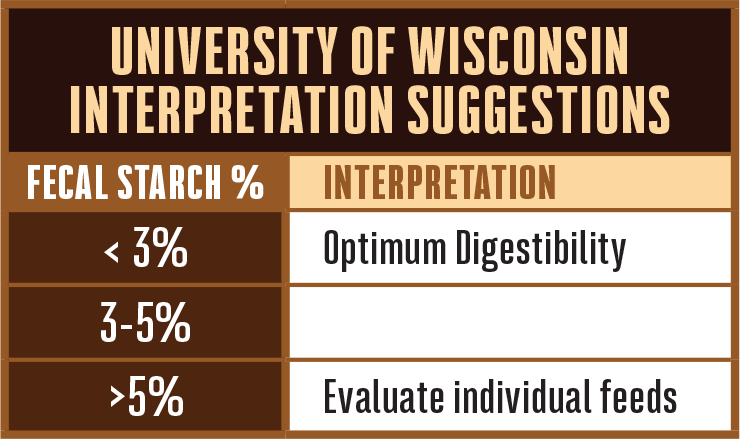Improve Meat and Milk Production with Better Silage
“Repetition is effective. Repetition is effective.” – Legendary Broadcaster Paul Harvey
The massive amounts of information we process each day makes it easy for messages to get diluted or forgotten. That’s why I find it helpful to continually review the basics, especially when it comes to feeding corn silage.
What gets fed to dairy cattle, as well as to beef cattle, affects the quality and quantity of the milk and meat produced. We know there is a correlation between starch and fiber digestibility with rates of gain. Getting the most tonnage and high nutritional concentration gives you the best chance of improving milk quality and production in dairy, as well as rates of gains in beef.
Most of the silage research to date deals with feeding corn silage to dairy cattle. However, Iowa State University has updated its Beef Corn Silage Calculator that ranks the potential value of corn silage varieties used in beef rations.
You also get an index ranking for Latham® hybrids in our seed guide. Our index rating shows a hybrid trend on a multi-season, multi-environment basis. Keep in mind that management practices, weather, and fertility can dramatically impact forage quality.
Simply stated, here’s what we want from corn silage: high tonnage in the field and high quality in the bunk. Listed below are some basic corn silage terms to provide a better understanding of corn silage yield and quality:
- Dry Matter Basis (DM). Most all feed comparisons are done on a dry matter basis where all the moisture is removed. This helps provide consistency.
- Corn Silage Composition. Typical corn silage composition is 50% grain to 50 % stover on a dry matter basis.
- Grain yield. High-yielding grain hybrids tend to bring great tonnage and quality. Yield contributes to tonnage and quality.
- Nutritional value of the kernel. The value of corn silage is related to its energy content from starch, fat and amino acids. Corn silage provides energy from digestible fiber and from the starch contained in the kernel.
 Starch Digestibility. Increasing starch digestibility supports rumen bacteria and increases energy supply to dairy and beef cows. It’s estimated that for every 1 percent of fecal starch that passes into the manure, milk production is reduced by 0.72 pounds per head per day. This adds up!
Starch Digestibility. Increasing starch digestibility supports rumen bacteria and increases energy supply to dairy and beef cows. It’s estimated that for every 1 percent of fecal starch that passes into the manure, milk production is reduced by 0.72 pounds per head per day. This adds up!- Fiber Digestibility. Hybrid selection, environment, and management practices impact fiber digestibility in corn silage. It’s estimated that for every 1 point of increased or improved fiber digestibility, milk output of a dairy cow can improve about one-half pound of milk per day per head.
- Non-Fiber Carbohydrate (NFC). Corn silage is about 50 percent NFC. Note: There is a correlation between this number and the grain percentage.
There is an ocean of information available from seed guides to feed reports. Ultimately, it comes down to considering the end use first. Match your end use goals with product features and proper placement for maximum ROI at the bunk.
 Starch Digestibility
Starch Digestibility